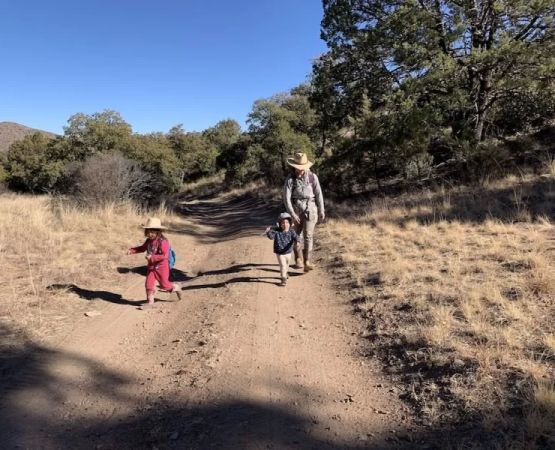Essential Knots for Setting Up a Tarp Shelter
When you’re out in the wilderness, a tarp can be one of the most versatile tools in your camping gear. But without knowing the right knots, even the best tarp can fail to protect you from wind, rain, or sun. Mastering essential knots for setting up a tarp shelter ensures stability, efficiency, and peace of mind during your outdoor adventures. Whether you’re a casual camper or a seasoned survivalist, these knot techniques can make all the difference.
- 1. Why Knots Matter for Tarp Shelters
- 2. The Ridgeline Knot for Secure Setup
- 3. Adjustable Taut-Line Hitch for Tension Control
- 4. Using Bowline Knots for Safe Anchoring
- 5. Real Camping Scenarios
- 6. Tips for Mastering Knots
1. Why Knots Matter for Tarp Shelters
A tarp shelter is only as strong as the knots holding it together. Poorly tied knots can slip in heavy rain, loosen in strong winds, or make setup unnecessarily frustrating. Knowing a few essential knots provides both reliability and flexibility, allowing you to adjust your shelter design to different terrains and weather conditions.
2. The Ridgeline Knot for Secure Setup
Every tarp shelter starts with a ridgeline, the backbone of your structure. The trucker’s hitch is one of the best knots for this purpose because it provides maximum tension and can be released quickly when breaking camp. With a strong ridgeline, your tarp stays taut, preventing water from pooling overhead.
3. Adjustable Taut-Line Hitch for Tension Control
Once your ridgeline is in place, you’ll need knots that allow for easy adjustments. The taut-line hitch is perfect for securing guy lines, as it can slide up and down the rope to control tension. This knot is especially valuable in changing weather conditions—tighten it during high winds or loosen it when you need flexibility.
4. Using Bowline Knots for Safe Anchoring
The bowline knot is known as the “king of knots” for a reason. It creates a secure loop that won’t slip, making it ideal for tying your tarp to trees, poles, or stakes. The beauty of the bowline is that it holds firm under tension but remains easy to untie, even after a long night of heavy rain and wind.
5. Real Camping Scenarios
On a trip to the Appalachian Trail, one camper shared how a well-tied ridgeline saved their shelter during an unexpected thunderstorm. Another group, camping in the Rockies, used taut-line hitches to adjust their tarp as winds shifted throughout the night, keeping the shelter stable without having to retie everything. These real-life experiences prove that knot knowledge isn’t just practical—it can be the difference between comfort and misery.
6. Tips for Mastering Knots
Like any skill, mastering knots requires practice. Start by tying them at home before your trip, using a rope and a fixed point like a doorknob or railing. Muscle memory will make the process second nature when you’re out in the elements. Don’t just memorize the steps—learn why each knot works, so you can adapt them to new situations.
Camping is about preparation and confidence, and knowing the essential knots for tarp shelter setup adds a valuable layer of security to your adventures. For campers looking to pair these skills with the best outdoor gear and guidance, Pine Cliff Resort offers excellent resources to elevate your wilderness experience.






